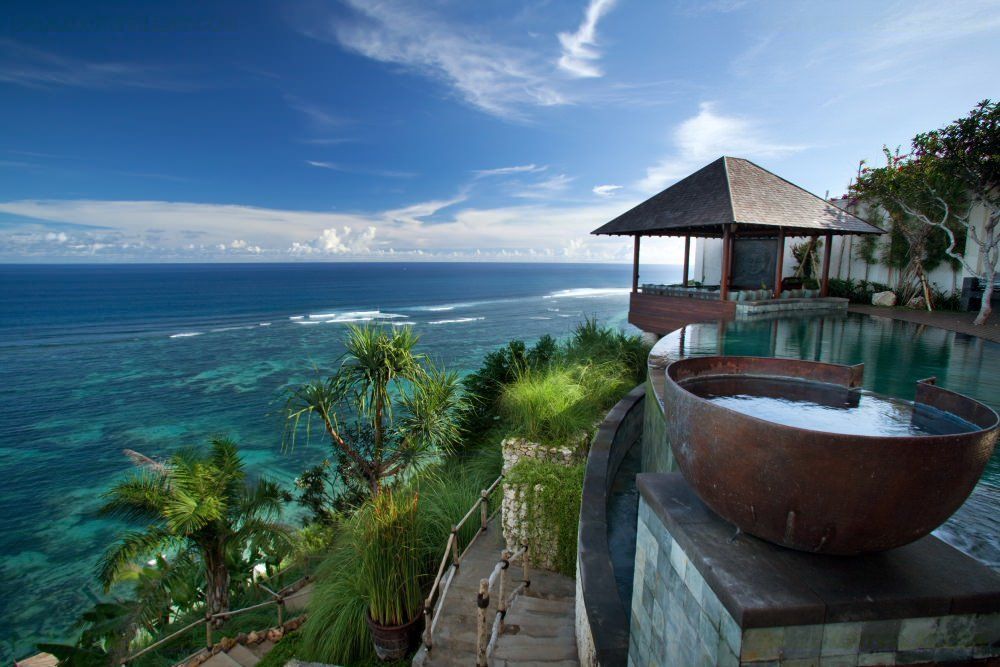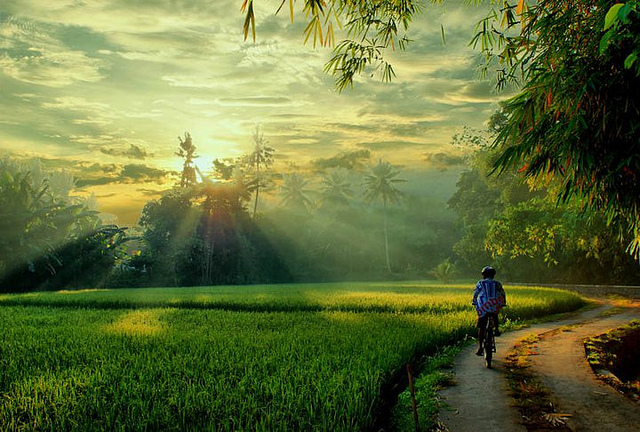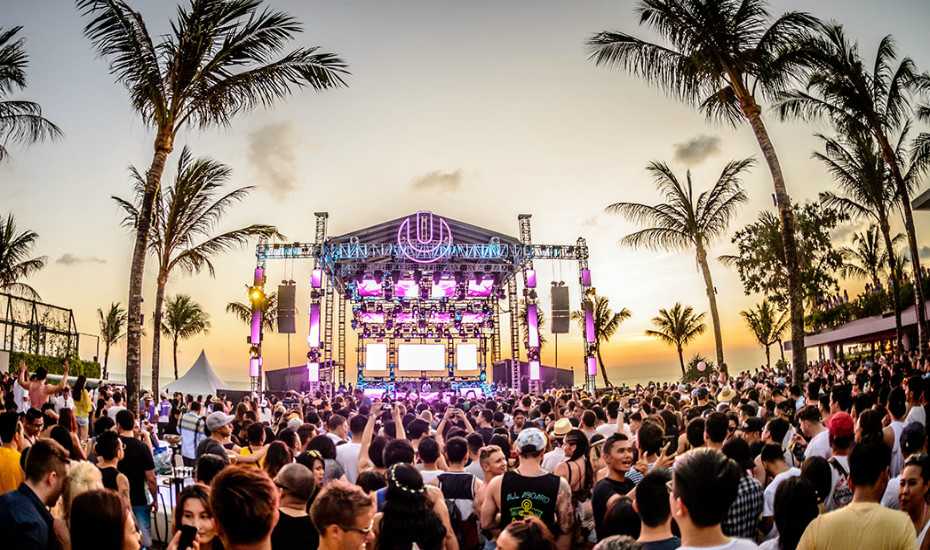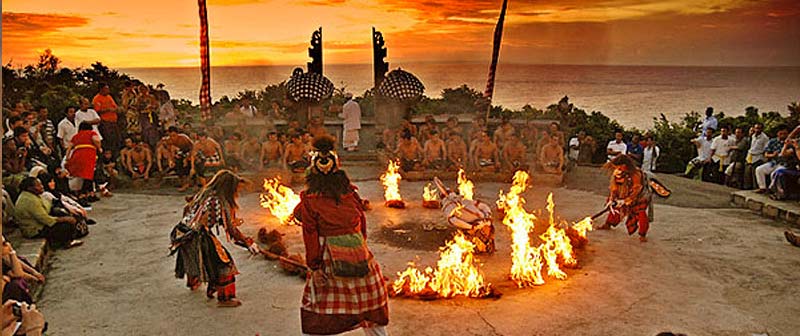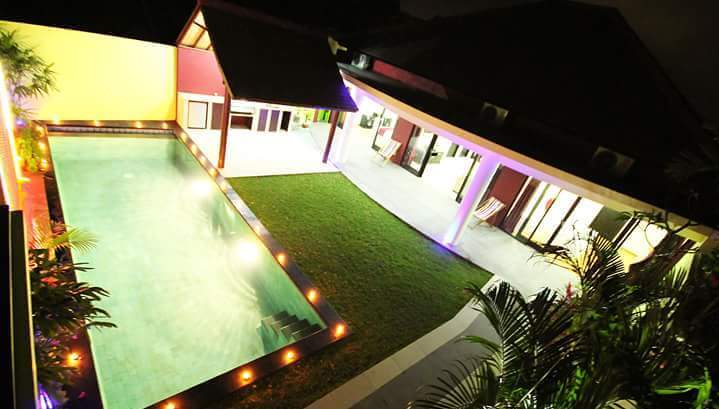Bali
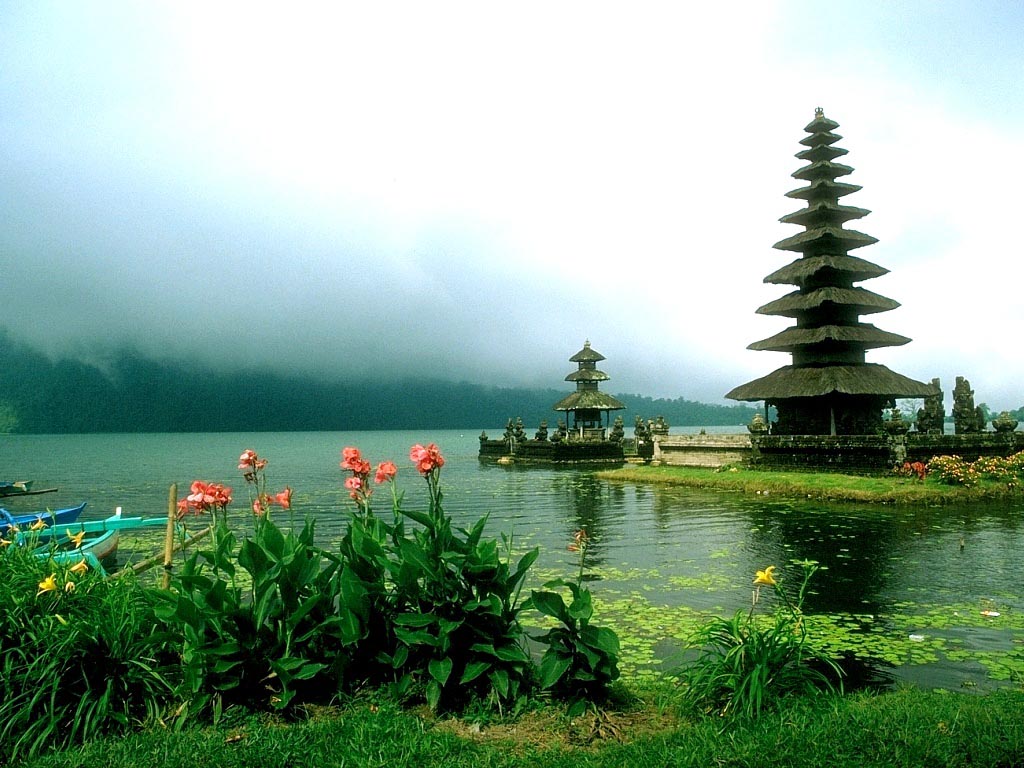
History
The island was first settled around 2000 BC by people from Taiwan. The culture took a major shift when Hinduism was introduced from India in the 1st century AD. When the Hindu empire on Java fell in the 15th century most of the intellectuals, priests, musicians and royalty relocated to Bali. The Dutch discovered the island in 1597, although Dutch control was not solidified untill the 1890s. Even then Dutch control was loose at best. After Indonesian independence the island was hit hard during the communist crackdowns of the 1950s and 1960s with 10% of the islands population being executed. In 2002 and 2005 bombs were set off in major tourist areas, which greatly affect the tourist industry.
| Country | Indonesië |
|---|---|
| Visa requirements | Visa free entry stamp and Visa on Arrival for Bali, IndonesiaNews: Australia finally exempt from Visa Fee! More: Free Visa entry & VOA - Visa on Arrival:
Please check the country lists below, to see what visa regulations for Bali Indonesia applies to you. Note: Passengers from cruise ships arriving in Benoa, need to be aware that the immigration office at the harbour has no visa free facility. This means you still will need to apply for a Visa on Arrival. The Indonesian Rupiah (IDR) is the local currency, commonly also abbreviated to Rp. Denominations of Rp.100 and 100 are in the form of coins, 500 and 1,000 are in either coins or bills, and Rp.5,000, 10,000, 20,000, 50,000 and 100,000 are only available in bills. Rough exchange rate: Rp. 10,000 = 1 AUD In Bali, carry a handful of Rp.10,000 to Rp.50,000 notes for your daily expenses. Backing this up with a credit card for major purchases is a good idea. Take note though, most mid-range hotels, all top-end hotels and some tourist attractions, car rental agencies and tour companies list their prices in US dollar. The Rupiah is still charged in these establishments. The exchange rate is usually more advantageous to the vendor than the tourist. Since July 2015 Balinese Businesses are not allowed to cash in dollars anymore. This means, although they might still have dollar prices on their menus and price lists, they will have to charge Indonesian Rupiahs from you. Changing Money Foreign currency, whether in banknotes or traveler’s checks, should be exchanged at major banks or authorized money changers (PT. Central Kuta is highly recommended). The AUD, USD and nowadays the EUR are the preferred foreign currency in Bali; the Australian dollar is easy to calculate, because echange rate us usually around 10,000p. Bring always new, clean US$ bank notes which are not damaged in any way. Yes new, even in perfect condition a dollar bill from 2006 might not be accepted. Some money changes give you less for a 10 USD bill for than for a 50. God knows why. But for any currency we do not know of such a distinction. But still, watch out that they are in good condition. If for instance a corner is missing or someone scribbled something on an otherwise perfect bill, a cut (even small) hardly any money changer on Bali will accept it at full value – or at all. Exchange rates offered by money changers in Bali are generally better than by the banks, they stay open longer and transactions are faster. Dodgy Money ChangersAvoid hole-in-the-wall operators by all means, and always ask about any commission imposed before the exchange, as many money changers are advertising better rates and then simply charge a commission. Count the money you receive carefully and never ever hand it back to the money changer after you counted it! Some of these guys are real magicians, and the million you just counted suddenly is less than 700,000 Rupiah after the seller touched the bank notes again! And they will blame you and say you took it. No fun. At times you might even have a nicely printed worthless piece of paper within the stack of bills and you wonder a few hours later, what really happened. Plastic Money Many shops accept credit cards and debit cards, but often add 2-3 percent to your bill. Visa and Mastercard are accepted by most – American Express and JCB is getting much less accepted. American Express is a memory of the past. The amount signed for and charged is in Rupiah and the bill is then converted by the clearing banks to your domestic currency. Exchange rates are quite good, so the 3% fee the vendor charges you is not such so bad. ATM Be careful. ATM scam does exist in Bali. So always check the condition of the machine, and also make sure you put your hand over the keypad, when typing the pin. If you have a bad feeling, just go to the next one. Banks, Moneygram, Western Union Bali |
| Languages spoken | Balinese, Indonesian and then English |
| Area (km2) | 5.780 km² |

